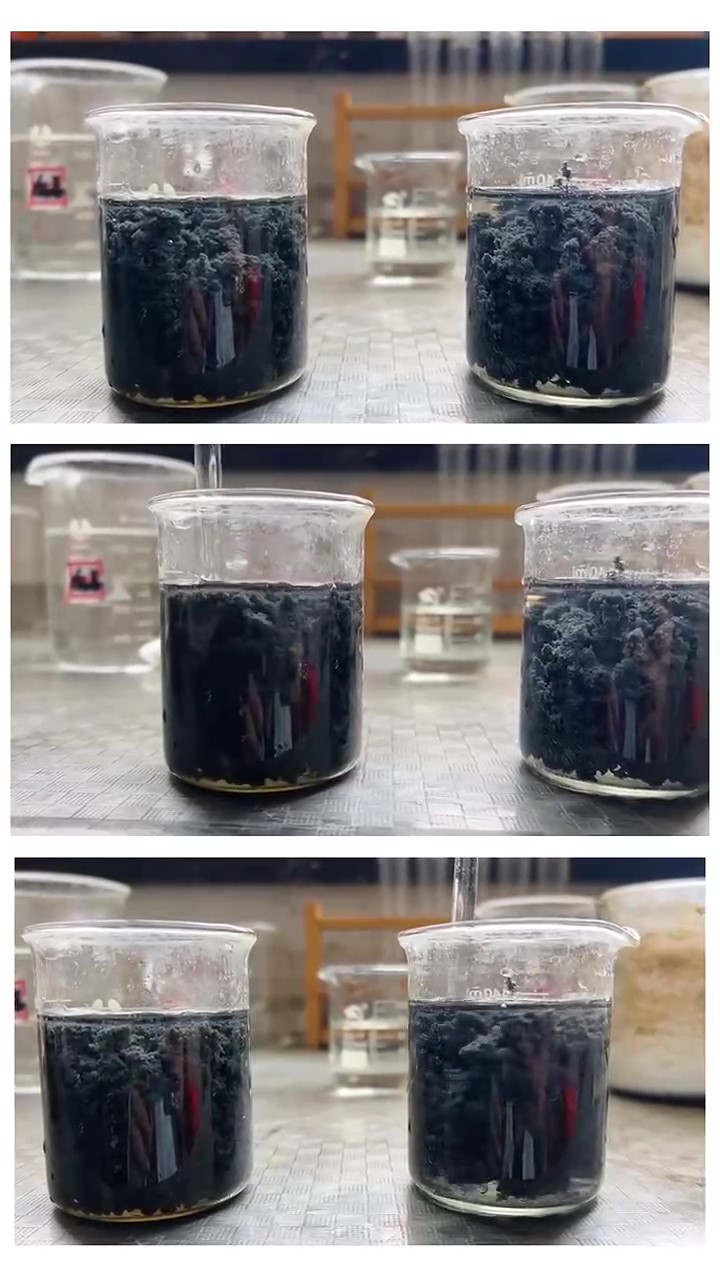Introduction to Anionic Polymer Coagulants
Anionic polymer coagulants contain groups in their molecular chains, which can adsorb solid particles suspended in water and bridge particles to form large floccules. It is a water-soluble polymer. Because its molecular chain contains groups, it can adsorb solid particles suspended in water to bridge particles or condense particles to form large floccules through charge neutralization, accelerate the sedimentation of particles in the suspension, and have obvious effects of accelerating solution clarification and promoting filtration.

Anionic polymer coagulants and their derivatives can be used as flocculants, dispersants, adhesives, viscosity regulators and thickeners, fiber dyeing agents, leather substitutes, paper sizing, protective colloids, coatings, fabric finishing, electrophoretic coatings, cement improvers, water purification, paper treatment agents, soil improvers, boiler water treatment agents, etc., and are used in many aspects such as metallurgy, petroleum mining, chemical industry, textiles, and papermaking.
Product Usage Precautions
1. Dissolution temperature. Dissolution requires a certain temperature to accelerate the dissolution rate. However, too high a temperature will break the molecular chain of the polymer, thereby reducing the effect of use. The most suitable dissolution temperature is 50℃-60℃.
2. Stirring conditions. Avoid too strong shear force stirring during dissolution. Too strong stirring will break the molecular weight, thereby reducing the effect of use. Stirring should use low-speed blades, such as anchor type, frame type, multi-layer paddle type, etc. The stirring speed is about 60 rpm. Avoid using high-centrifugal pumps during transportation. It is more appropriate to use piston pumps or diaphragm pumps.
3. Uniform dispersion of feeding. The key link in the dissolution of polyacrylamide is the uniform dispersion of feeding. After starting the mixer, a mechanical vibration screen can be used for feeding (the screen mesh is 10 meshes), and try to avoid the production of "large lumps" and "fish-eye-shaped" difficult-to-dissolve particles, so that the flocculant can be fully dissolved to exert its use effect.
4. Avoid contact with iron. In the dissolution stirring and transportation feeding system, plastic, enamel, aluminum, stainless steel and other materials can be used.
